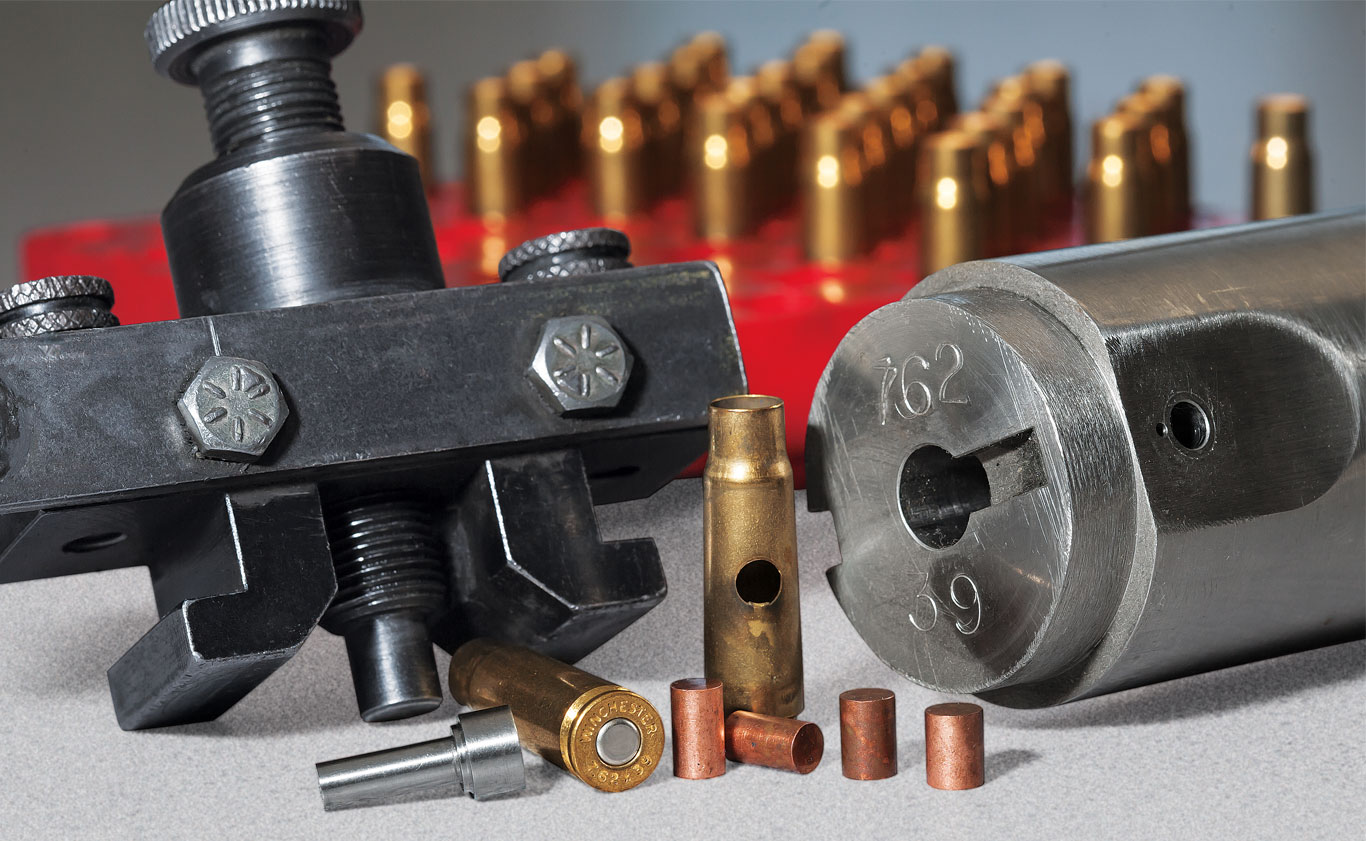So I was looking at the website for Ramshot Powders and noticed this lengthy info blurb on primers.

Most of us have seen similar before, but it made me ask myself a few questions.
- what data sets were used to come to these conclusions? And where could one find them if interested?
- how much of this is lore and from old information or is this supported with current scientific studies?
- for number 1., I’ve seen various conflicting opinions on the effects of changing primer types in a load. All CAPS seems to indicate that this is a critical detail, yet I’ve not personally seen anything more than perhaps minor changes to results by changing from one brand to another. And most of that difference could have been within the noise of standard deviation.
-number 5. Is a rule broken all of the time by competition shooters for various reasons with no ill effects that I’m aware of.
- number 7. Is for factories and the OCD among us.
I’m interested to hear what others think and also in any hard data relating to the above posted warnings.
Most of us have seen similar before, but it made me ask myself a few questions.
- what data sets were used to come to these conclusions? And where could one find them if interested?
- how much of this is lore and from old information or is this supported with current scientific studies?
- for number 1., I’ve seen various conflicting opinions on the effects of changing primer types in a load. All CAPS seems to indicate that this is a critical detail, yet I’ve not personally seen anything more than perhaps minor changes to results by changing from one brand to another. And most of that difference could have been within the noise of standard deviation.
-number 5. Is a rule broken all of the time by competition shooters for various reasons with no ill effects that I’m aware of.
- number 7. Is for factories and the OCD among us.
I’m interested to hear what others think and also in any hard data relating to the above posted warnings.

